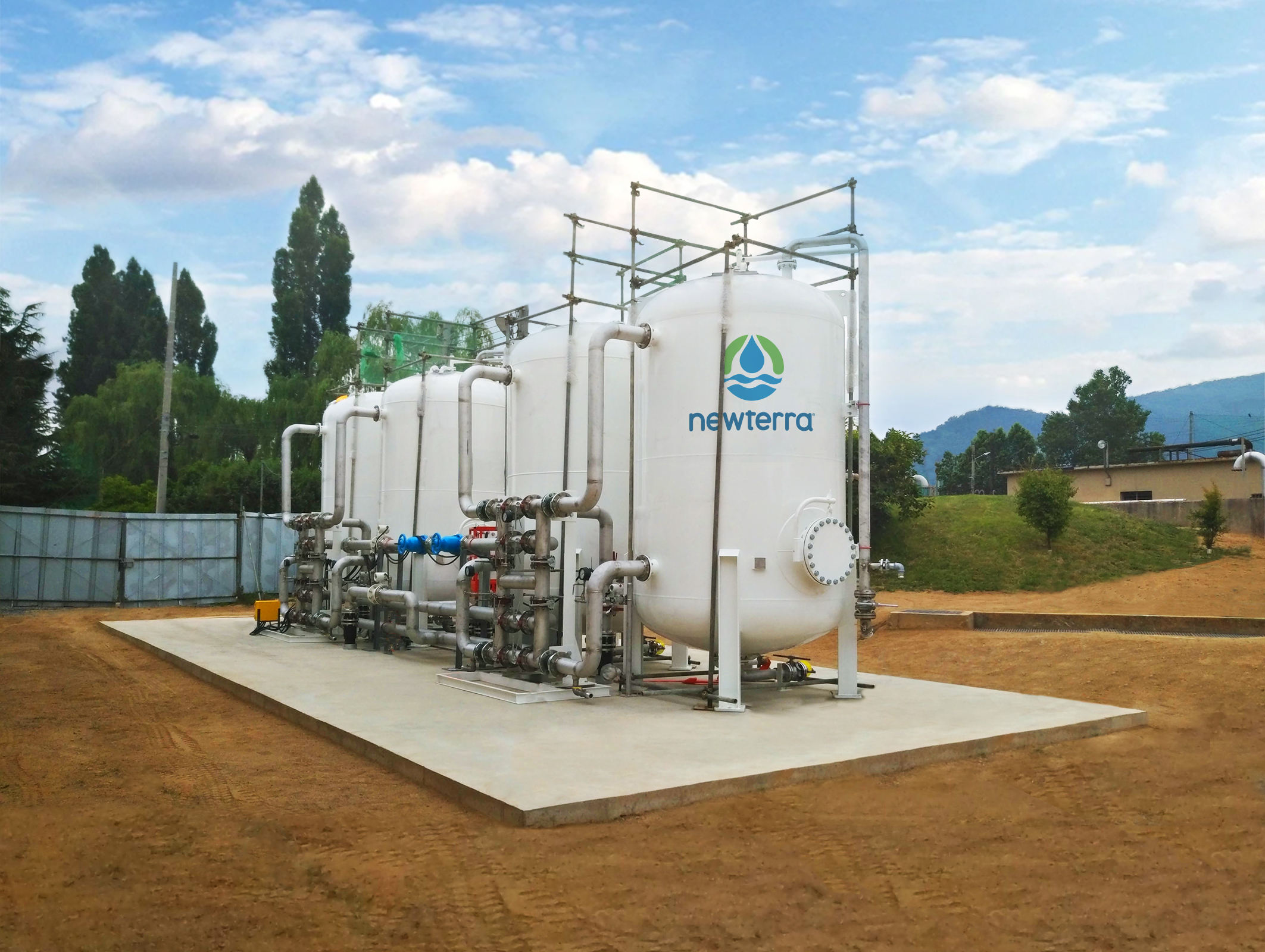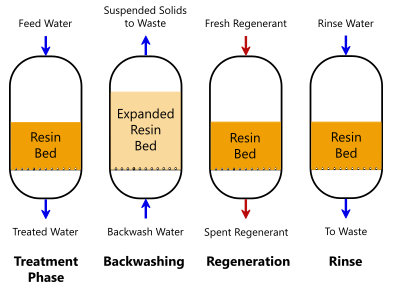Your Overview to PFAS Therapy Technologies and Conveniences
The frequency of PFAS contamination in water sources necessitates a complete understanding of readily available therapy technologies. Various approaches, such as turned on carbon filtration, ion exchange systems, and advanced oxidation processes, existing distinctive benefits in resolving these persistent toxins. Each modern technology not only targets details PFAS compounds yet additionally plays a vital duty in enhancing total water quality and shielding environmental honesty. As communities grapple with the effects of PFAS direct exposure, the selection of an ideal treatment strategy ends up being progressively vital, triggering a closer assessment of these technologies and their particular benefits.
Understanding PFAS Contamination
Comprehending PFAS contamination is crucial for addressing its prevalent effect on ecological and human health (m270 pfas treatment). Per- and polyfluoroalkyl materials (PFAS) are a group of artificial chemicals widely utilized in different industrial and consumer items due to their water- and grease-resistant properties. Commonly located in firefighting foams, non-stick kitchenware, and water-repellent fabrics, PFAS have actually gotten in the atmosphere through production procedures, wastewater discharges, and seeping from landfills
When launched, these compounds continue the setting, leading to prevalent contamination of soil and water sources. Their unique chemical structure, characterized by strong carbon-fluorine bonds, makes them resistant to degradation, resulting in a phenomenon understood as "for life chemicals." PFAS can build up in the human body and the food chain, possibly creating unfavorable wellness impacts, including immune system disruption, developmental concerns, and a raised threat of specific cancers cells.
Regulative companies and health companies are progressively acknowledging the importance of PFAS contamination, triggering efforts to monitor, assess, and mitigate its results. Recognizing the paths of PFAS contamination is necessary for educating public plan and creating effective approaches to safeguard both ecological and human health and wellness.
Review of Treatment Technologies
Numerous treatment innovations have actually been created to deal with the difficulties posed by PFAS contamination in water and soil. These modern technologies can be broadly categorized right into several classifications, each with its one-of-a-kind systems and performance in removing PFAS compounds.
One prominent technique is ion exchange, which uses resin products to catch and get rid of PFAS from contaminated water. An additional modern technology, progressed oxidation procedures (AOPs), employs solid oxidants and ultraviolet light to damage down PFAS into less hazardous substances.

Activated Carbon Filtering
Turned on carbon filtering is a widely made use of approach for the elimination of PFAS from infected water, understood for its capability to adsorb a wide series of organic compounds. This technology employs activated carbon, a highly porous product with a comprehensive surface, which helps with the binding of PFAS molecules through physical adsorption. The performance of activated carbon in eliminating PFAS is affected by several aspects, consisting of the sort of carbon made use of, the get in touch with time, and the concentration of PFAS in the water.
Among the Recommended Reading advantages of activated carbon purification is its versatility; it can be implemented in numerous setups, such as granular activated carbon (GAC) systems or powdered triggered carbon (POLITICAL ACTION COMMITTEE) systems. GAC systems are typically utilized in larger-scale applications, while PAC can be utilized in smaller or temporary configurations. Furthermore, the technology is reasonably very easy to operate and maintain, making it available for lots of water therapy facilities.

Ion Exchange Equipment
Ion exchange systems stand for an additional effective technique for the removal of PFAS from polluted water, enhancing methods like turned on carbon filtering. These systems operate the concept of trading ions in the water with ions hung on a resin material. Ion exchange resins can be particularly created to target the adversely charged PFAS compounds, successfully recording them and permitting cleaner water to go through.
Among the key benefits of ion exchange systems is their capacity to get rid of a vast array of PFAS, consisting of both long-chain and short-chain variations. This convenience makes them suitable for numerous applications, varying from community water therapy to commercial procedures. Furthermore, ion exchange systems can often accomplish reduced discovery limits for PFAS contrasted to a few other treatment techniques, therefore boosting water quality.
Nevertheless, it is vital to keep track of and handle the regrowth of ion exchange media, as browse this site the performance can decrease in time as a result of saturation. Correct maintenance and substitute of the resin are critical for sustaining the system's performance. In general, ion exchange systems give a trustworthy and efficient option for PFAS removal, adding substantially to secure drinking water standards and environmental management.
Advanced Oxidation Processes
Advanced Oxidation Processes (AOPs) utilize effective oxidants to successfully break down PFAS substances in contaminated water. These cutting-edge treatment methods produce very reactive species, such as hydroxyl radicals, that can break down intricate PFAS molecules into much less dangerous results. m270 pfas treatment. AOPs normally use mixes of ultraviolet (UV) light, ozone, hydrogen peroxide, or Fenton's reagent, boosting the oxidation capacity and enhancing deterioration effectiveness
The primary benefit of AOPs lies in their ability to target a broad variety of PFAS substances, including both long-chain and short-chain variants. This adaptability is essential, as PFAS contamination usually entails mixtures of different compounds with differing chemical frameworks. Furthermore, AOPs can be integrated right into existing water therapy systems, making them a practical solution for several towns and industries.
Nonetheless, the implementation of AOPs can be resource-intensive, calling for careful consideration of functional costs and energy consumption. Additionally, while AOPs work in breaking down PFAS, they may not totally get rid of all by-products, necessitating further treatment actions - m270 pfas treatment. In general, AOPs stand for an encouraging opportunity for attending to PFAS contamination, adding to cleaner water resources and improved navigate to this site public health protection

Conclusion
By selecting the appropriate modern technology, communities can boost water top quality, shield public wellness, and reduce the ecological threats linked with PFAS direct exposure. Proceeded research study and application of these techniques are necessary for reliable administration of PFAS contamination in influenced areas.